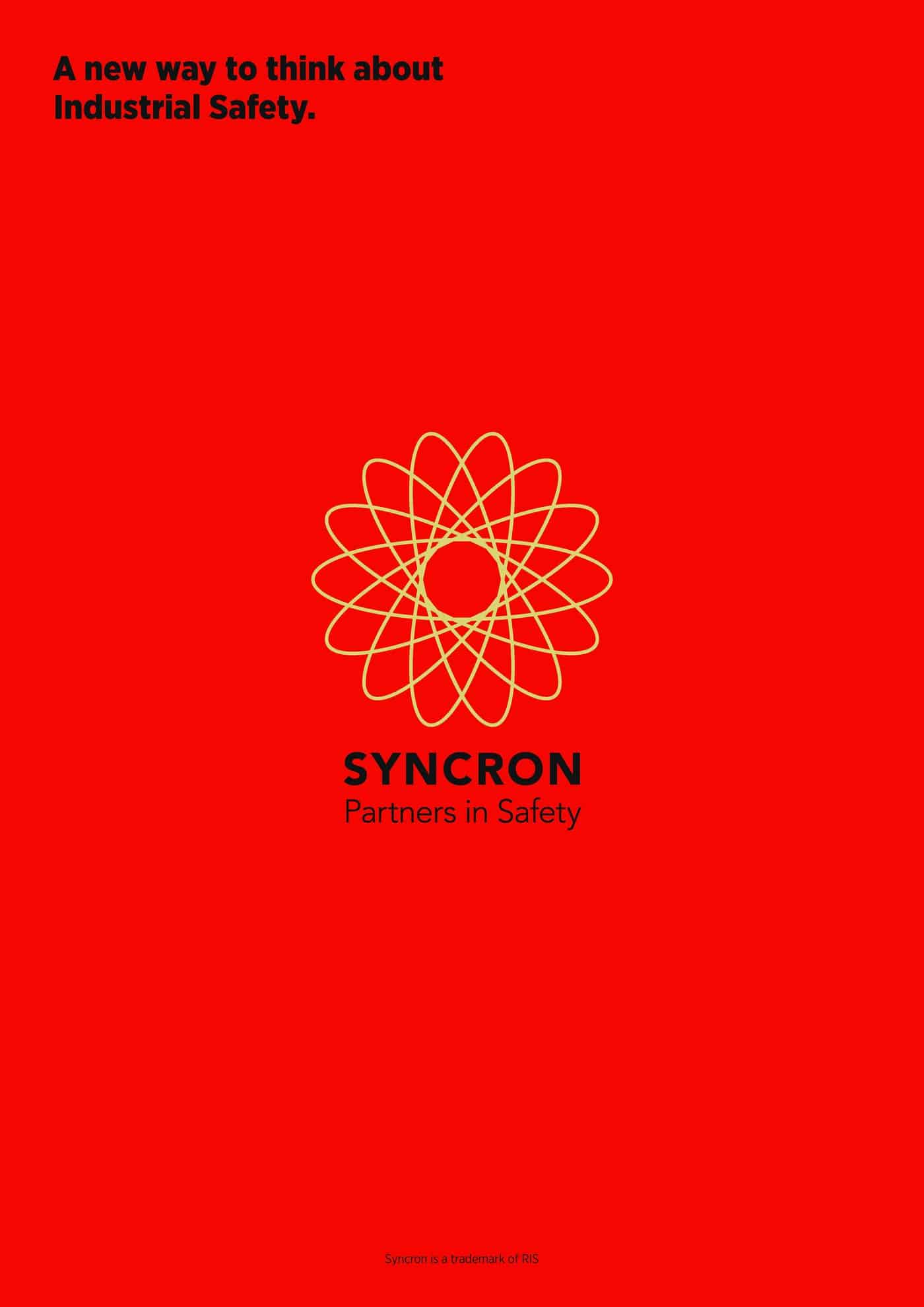In May 2012, the South Australian parliament announced an inquiry into the effectiveness of that State’s workplace safety regulator, SafeWorkSA. Submissions are being received by the Parliament Committee but, as yet, none are available through the inquiry’s website.
Andrea Madeley of VOID has commented that her organisation has already provided the committee of inquiry with a submission but the only public submission SafetyAtWorkBlog can find is from the Self-Insurers of South Australian Inc (SISA). Below is the summary of SISA’s submission:
“Should the responsibility for all occupational, health and safety issues remain with SafeWork SA or should some or all of that responsibility be transferred to WorkCover?
SISA members have no fixed views, although if the choice were simply limited to the current separated model and a single massive regulator, we might well opt for the current model as a means to avoid conflicts of interest. If, in the alternate, we are asked ‘Could the quality of OHS regulation and functional delivery be improved?’, we would answer ‘yes, but this cannot be achieved by structural change alone’. We therefore advocate no particular structure (though with a preference against amalgamation) and urge the Committee to concentrate on the quality of what is delivered.
2(a) WorkCover ought to be recognised as having a vital role and interest in improved OHS outcomes.
2(b) Scope exists for improved collaboration between WorkCover and SafeWork SA, especially in the field of data collection, management and use.
2(c) SafeWork SA and WorkCover should look at the self insured employers as resources and force multipliers for their own efforts to reach out to smaller employers.
2(d) Our members have few complaints (and no recent ones we are aware of) about their interactions with SafeWork SA.
2(e) The experience of small and medium size business may be different, however.
3. The OHS profession should have substantial representation on OHS regulatory and advisory bodies.
4(a) The real challenge for SafeWork SA lies in the small and medium size business community.
4(b) The conventional model of the regulator being the initiator of action will always be inadequate for small and medium size business due to the sheer numbers involved compared to the resources available.
4(c) Experience rating of workers compensation premiums has at best limited and delayed effect, and even that is anecdotal and presumptive rather than established as fact.
4(d) South Australia needs to think outside the square of normal regulatory models when considering small business safety. The French CRAM model might offer one such possibility.” [emphasis added]
SISA believes that SafeWorkSA’s performance can be improved but not through structural change. It would be fascinating to see how SafeWorkSA would change with a new set of work health and safety laws. From recent comments in the media by SafeWorkSA’s Judith Lovatt it would appear that the organisation is looking forward to them.
SISA clearly understands the separation between the workers compensation and rehabilitation roles of Workcover and the harm prevention and prosecution role of SafeWorkSA. Too often criticism of the management of workers compensation is aimed at the wrong regulatory agency, a major problem seen recently in the Federal Parliamentary Inquiry into Workplace Bullying. Continue reading “SISA has few problems with SafeWorkSA but where are the other submissions?”
Like this:
Like Loading...


